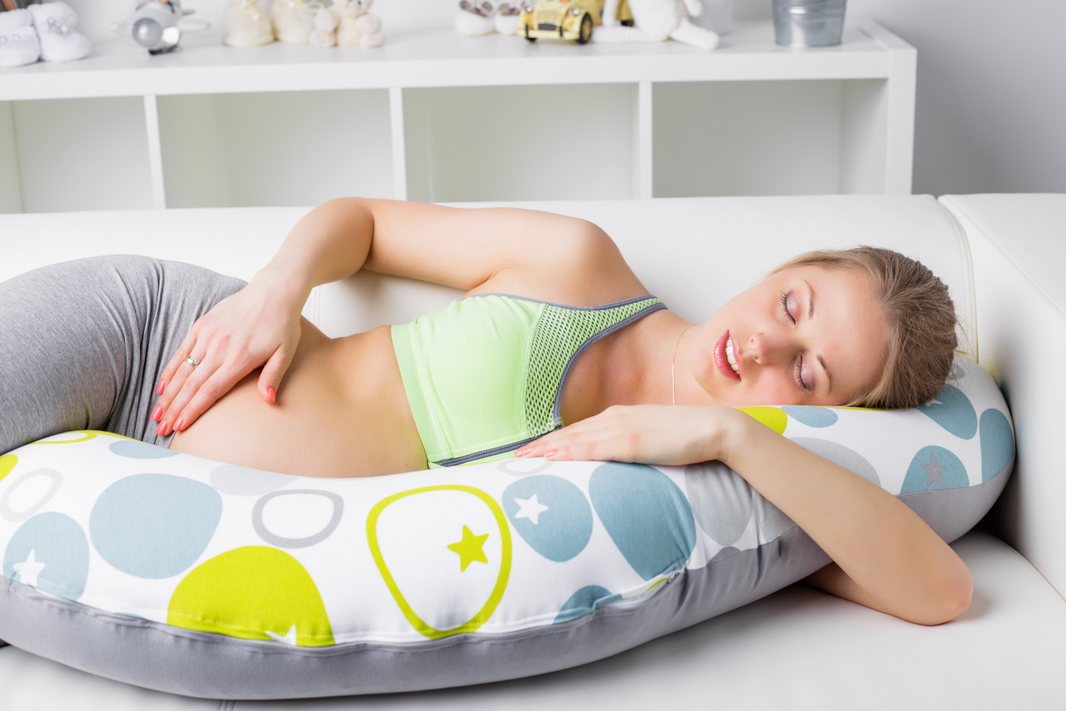The Best Sleeping Positions for a Good Night's Sleep
Sleep is essential for our physical and mental well-being. When we sleep, our body has the opportunity to recover and repair. But to enjoy a good night's sleep, it's important to choose the best sleeping position. In this article, we'll explore different sleeping positions and discover which is the best sleeping position for a good night's sleep.
Back position Sleeping on your back, also known as supine position, is one of the most popular sleeping positions. This position is ideal for people who suffer from acid reflux or sleep apnea, as keeping the head and neck elevated helps reduce symptoms. It's also beneficial for the skin, as no additional pressure is applied to the face.
However, this position also has some disadvantages. Sleeping on your back can worsen snoring and increase the risk of developing sleep apnea. Additionally, sleeping with a pillow that is too high can put strain on the neck and cause lower back pain.
Stomach position
Sleeping on your stomach, or prone position, is the least recommended of the sleeping positions. This position can cause strain on the neck and back, which can result in long-term pain. Additionally, pressure on the face and chest can make breathing difficult and cause poor sleep quality.
Despite these disadvantages, there are some advantages to the stomach position. Sleeping in this position can reduce snoring and improve digestion. However, these benefits do not outweigh the long-term negative effects of this position.
Side position
Sleeping on your side, or lateral position, is the most common sleeping position. This position can reduce pressure on the back and neck, making it a good option for people with chronic pain in these areas. It can also improve sleep quality by reducing snoring and sleep apnea.
However, it's important to note that sleeping on your side can increase pressure on the shoulder and hip on the side you're sleeping on. To reduce this pressure, it's recommended to place a pillow between your legs to keep your spine aligned.
Fetal position
Sleeping in the fetal position, or curled-up position, is a variation of the side position. In this position, the legs are bent toward the chest, which can help reduce pressure on the back. This position is popular among people who suffer from chronic back pain.
However, it's important to note that this position can cause strain on the neck and knees. To reduce this pressure, it's recommended to place a pillow between your legs and under your head.
Inclined position
Sleeping in an inclined position involves sleeping with the head and torso elevated. This position can be beneficial for people who suffer from acid reflux or sleep apnea. Keeping the head and torso elevated helps keep stomach acids in the stomach and reduces the likelihood of these acids entering the esophagus. Additionally, this position can also help reduce pressure on the back and neck.
However, it's important to note that this position can be uncomfortable for some people and may require an additional pillow to keep the head and torso elevated. It can also be difficult to find a comfortable position for the legs in this position.
So, what is the best sleeping position?
The best sleeping position depends on each individual's specific needs. In general, the side position is the most recommended position for most people, as it can reduce pressure on the back and neck and improve sleep quality. To reduce pressure on the hip and shoulder, it's recommended to place a pillow between your legs.
However, if you suffer from acid reflux or sleep apnea, the inclined position may be the best option for you. Keeping the head and torso elevated can help reduce symptoms and improve sleep quality.
It is important to keep in mind that not all sleeping positions are suitable for everyone. If you suffer from chronic back pain or have health problems, it is advisable to consult a doctor for specific recommendations on the best sleeping position.
In addition to the sleeping position, there are other things you can do to improve the quality of sleep. Here are some tips to help you sleep better at night:
- Establish a regular sleep routine: going to bed and waking up at the same time every day can help regulate the body's internal clock and improve sleep quality.
- Create a suitable sleep environment: keep your room dark, cool, and quiet to create a conducive environment for sleep.
- Avoid caffeine and alcohol before bedtime: caffeine and alcohol can interfere with sleep and make it harder to fall asleep.
- Exercise regularly: regular exercise can improve sleep quality and reduce the likelihood of sleep problems.
Choosing the right sleeping position can make a big difference in sleep quality. For most people, the side position is the best option, but if you suffer from acid reflux or sleep apnea, the inclined position may be more beneficial. Regardless of the sleeping position you choose, it is also important to maintain a regular sleep routine and create a suitable sleep environment to improve sleep quality.








